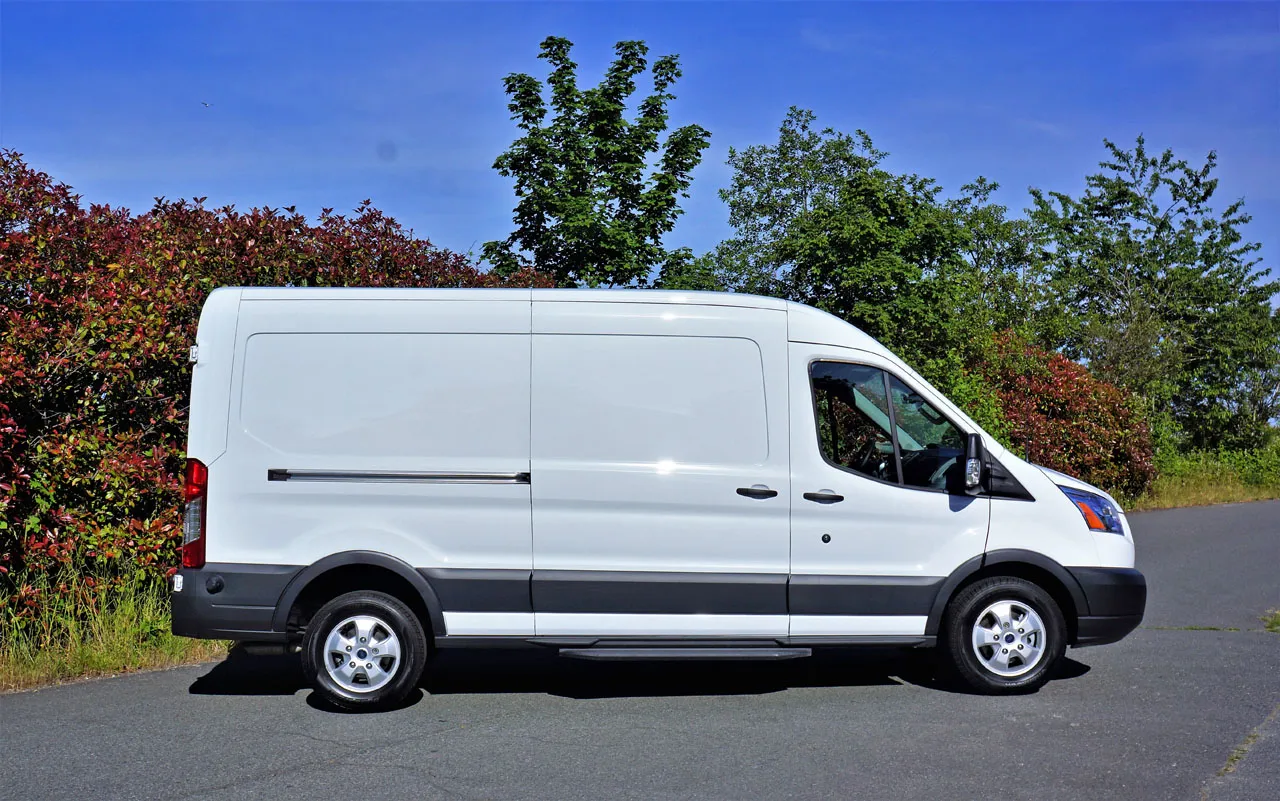
A van is a type of vehicle that is designed for transporting people or cargo. Vans are typically larger than cars and have a boxy, rectangular shape, with a flat roof and a rear door that opens to provide access to the interior.
Some common types of vans include:
- Cargo vans: These are designed for hauling goods and cargo, and often have a large, open interior space with no seats or seats that can be removed to accommodate more cargo.
- Passenger vans: These are designed for transporting people, and often have seats for up to 15 passengers, although some larger vans can seat up to 20 people.
- Minivans: These are smaller than full-size vans and are designed for personal use, often by families. They typically have a smaller interior space than cargo vans, but are still larger than cars.
- Camper vans: These are vans that have been converted into recreational vehicles, with amenities such as beds, kitchenettes, and bathrooms. They are often used for camping and road trips.
Vans are popular for a variety of uses, including commercial delivery, transportation of people or goods, and recreational use. They are known for their versatility, spaciousness, and fuel efficiency.
History
The history of vans can be traced back to the early 20th century, with their initial purpose focusing on utility and functionality. Here's an overview:
Early 20th Century:
- Vans emerged as delivery vehicles for businesses, often built on modified car chassis.
- These early vans were basic and lacked the comfort features seen in modern cars.
Mid-20th Century:
- Post-World War II economic boom led to increased demand for vans as businesses expanded and consumerism grew.
- Manufacturers like Volkswagen and Ford introduced iconic models like the Kombi and Econoline, respectively.
- These vans offered more space and functionality compared to traditional cars.
Late 20th Century:
- The rise of recreational activities like camping and road trips led to the development of camper vans, offering mobile living spaces.
- Minivans emerged as a popular family vehicle choice, providing spacious seating and cargo room for growing families.
21st Century:
- Vans continue to evolve, with advancements in technology and design leading to more comfortable, efficient, and feature-rich models.
- The rise of the "vanlife" movement has seen a resurgence in interest in using vans for travel and exploration, with modifications tailored to individual needs and preferences.
- Vans remain a crucial part of the commercial landscape, serving various industries in transporting goods and people.
